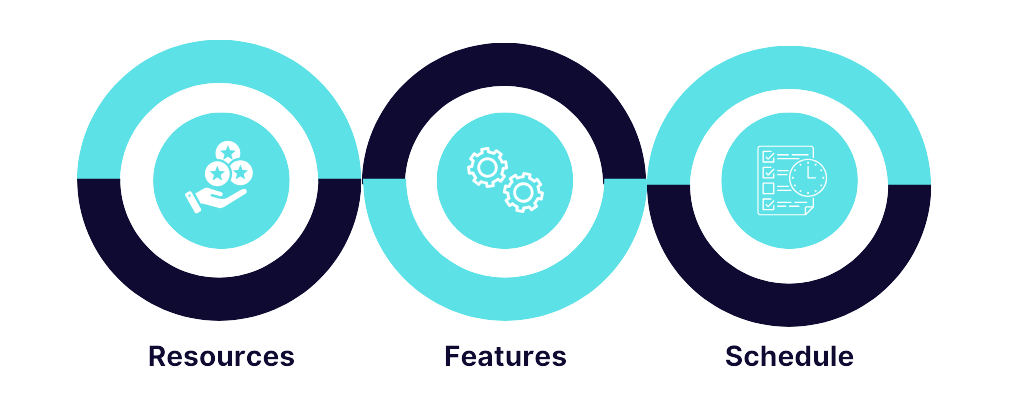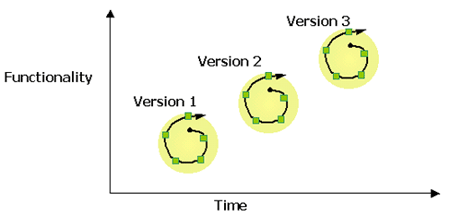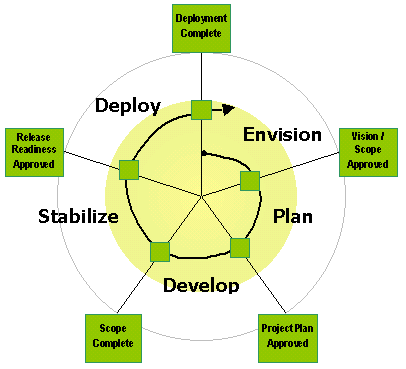// technology index
Improve and Innovate
Improve and Innovate
with the Tech Trends
We hire and build your own remote dedicated development teams tailored to your specific needs.
IT Operations & Services 74%
ERP/CRM 90%
IT Consulting 72%











